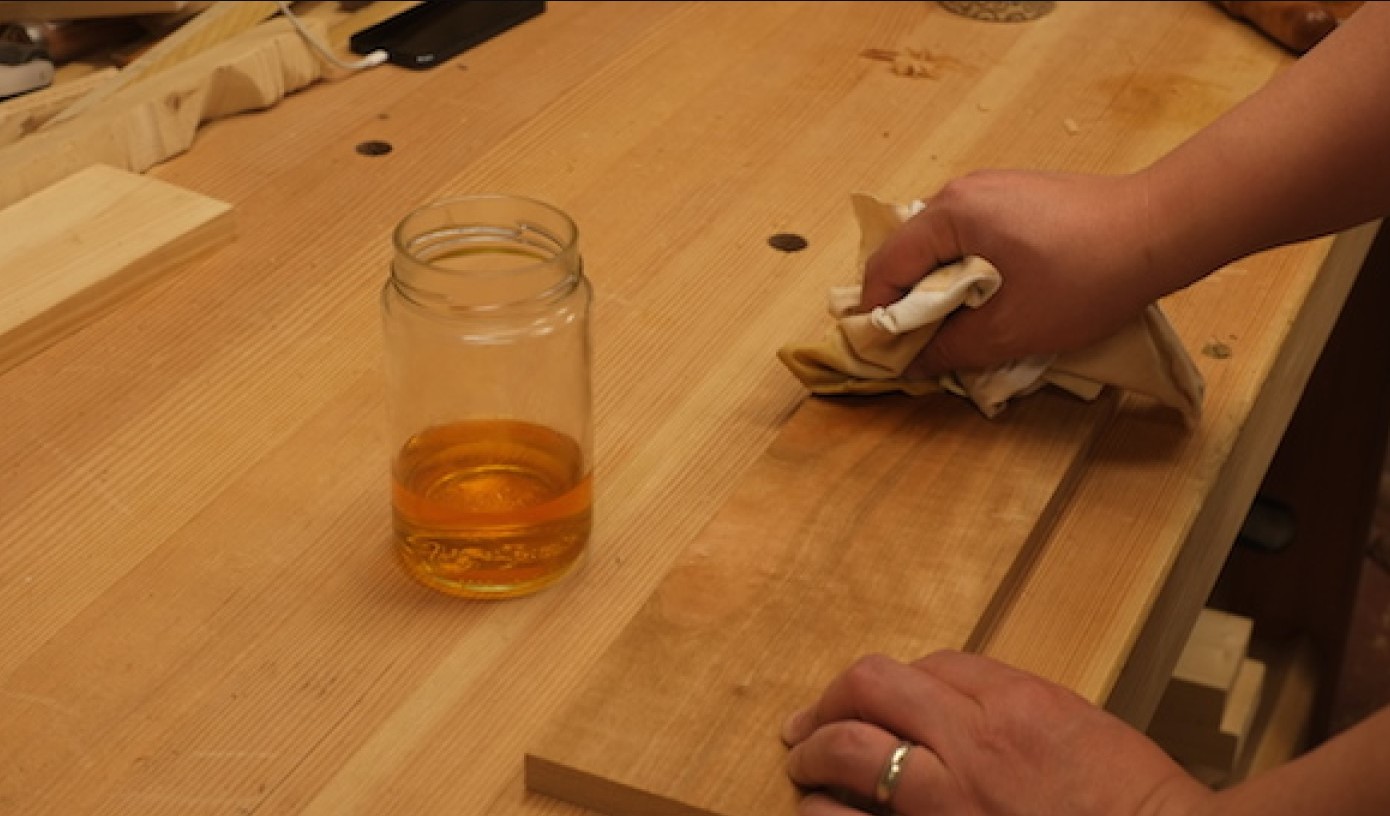Introduction: Explaining What Shellac Is and Why Denatured Alcohol is Used
Shellac is a natural resin produced by the female lac bug and found primarily in India and Thailand. It makes various products, such as varnishes, sealants, and finishes. It is widely used in woodworking and furniture-making, as well as in musical instruments and automotive finishing.
Denatured alcohol is a type of ethyl alcohol, also known as ethanol, that has been treated to make it unfit for human consumption. Denatured alcohol is often used as a solvent for shellac. It helps to dissolve the shellac and create a more consistent finish.
This makes it easier to apply and less likely to crack or peel. Denatured alcohol also evaporates quickly, leaving behind a hard, durable coating resistant to moisture, heat, and other elements.
Step-by-Step Guide on How to Thin Shellac without Denatured Alcohol
1. Begin by pouring small shellac flakes into a clean container.
2. Add a small number of mineral spirits, such as paint thinner, to the flakes.
3. Begin stirring the mixture until the flakes are completely dissolved.
4. Add a small turpentine to the shellac mixture and continue stirring until the desired consistency is achieved.
5. Once the desired consistency is achieved, the shellac is ready to be used.
6. When using shellac, it is important to work in a well-ventilated area, as the chemicals’ fumes can be hazardous.
7. For best results, use a brush or a sprayer to apply the shellac to the desired surface.
Tips and Tricks for Thinning Shellac without Denatured Alcohol
• Always use a clean container for mixing shellac, as any residue from previously used products can affect the final result.
• When adding mineral spirits to the shellac, it is important to start with a small amount and then add more until the desired consistency is achieved.
• For a smoother finish, add a small amount of linseed oil to the shellac mixture.
• When using a brush to apply shellac, it is important to ensure the brush is clean and free of clumps or residue.
• Be sure to wear protective gear, such as gloves and a mask, when working with shellac.
Conclusion:
Summing Up the Benefits of Thin Shellac without Denatured Alcohol Thin shellac without denatured alcohol provides several advantages. It is a safe and effective way to achieve a hard, durable coating resistant to moisture, heat, and other elements.
It can also create a smoother finish and is a great option for those sensitive to the fumes of denatured alcohol. When using shellac without denatured alcohol, it is important to use clean containers, follow safety precautions, and start with a small number of mineral spirits before adding more.
With the right technique and materials, thinning shellac without denatured alcohol can effectively and efficiently achieve a beautiful, professional finish.
